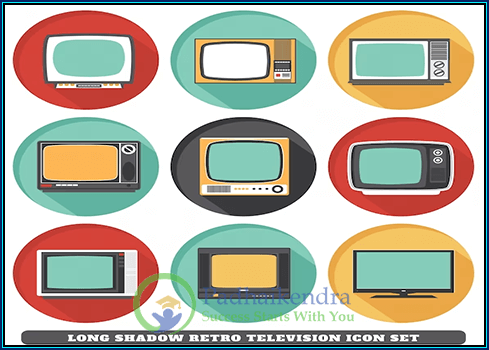History of Television
Television has come a long way since its humble beginnings. From the grainy black and white screens to the vibrant high-definition displays of today, television has evolved to become a cornerstone of entertainment and information in our lives. In this article, we will take a journey through the fascinating history of television, exploring its key milestones, technological advancements, and the impact it has had on society.
The Birth of Television
The story of television begins in the early 20th century. Inventors and visionaries were captivated by the idea of transmitting moving images and sound through the airwaves. One such pioneer was Philo Farnsworth, who successfully demonstrated the first working electronic television system in the late 1920s. This breakthrough laid the foundation for the future development of television.
The Rise of Broadcast Television
In the 1940s and 1950s, television started to become a household phenomenon. Broadcast television became more widespread, and families gathered around their sets to enjoy programs ranging from news and sports to sitcoms and dramas. However, the early sets were limited to black-and-white images, and the screens were relatively small compared to today’s standards.
Color Television
 The advent of color television in the 1950s brought a new level of visual experience to viewers. Color broadcasts allowed for more vibrant and lifelike images, enhancing the viewing pleasure. As color technology advanced, more and more programs were transmitted in full color, providing a more immersive and engaging television experience.
The advent of color television in the 1950s brought a new level of visual experience to viewers. Color broadcasts allowed for more vibrant and lifelike images, enhancing the viewing pleasure. As color technology advanced, more and more programs were transmitted in full color, providing a more immersive and engaging television experience.
The Digital Revolution
The late 20th century witnessed a significant shift in television technology with the advent of digital television. Analog signals were replaced by digital signals, resulting in improved picture and sound quality. Digital technology also allowed for the transmission of more channels, leading to an expanded range of viewing options for audiences.
Flat-Screen Displays and High Definition
 One of the most notable advancements in television technology came with the introduction of flat-screen displays and high-definition (HD) resolution. Traditional cathode ray tube (CRT) TVs were gradually replaced by sleek and slim LCD, LED, and plasma screens. HD resolution offered sharper and more detailed images, bringing the cinematic experience into people’s living rooms.
One of the most notable advancements in television technology came with the introduction of flat-screen displays and high-definition (HD) resolution. Traditional cathode ray tube (CRT) TVs were gradually replaced by sleek and slim LCD, LED, and plasma screens. HD resolution offered sharper and more detailed images, bringing the cinematic experience into people’s living rooms.
Smart TVs and Streaming
 In recent years, television has undergone another revolution with the rise of smart TVs and streaming services. Smart TVs are internet-connected devices that allow users to access a wide range of online content, including streaming platforms like Netflix, Amazon Prime Video, and Hulu. This shift has transformed the way we consume television, giving viewers more control and access to a vast library of shows and movies.
In recent years, television has undergone another revolution with the rise of smart TVs and streaming services. Smart TVs are internet-connected devices that allow users to access a wide range of online content, including streaming platforms like Netflix, Amazon Prime Video, and Hulu. This shift has transformed the way we consume television, giving viewers more control and access to a vast library of shows and movies.
From its early days of black and white screens to the current era of high-definition smart TVs, the evolution of television has been a remarkable journey. Technological advancements have brought about significant improvements in picture quality, screen size, and content accessibility. Television continues to evolve, adapting to the changing needs and preferences of viewers. As we embrace the digital age, one thing is certain: television will remain an integral part of our lives, entertaining and informing us for generations to come.





